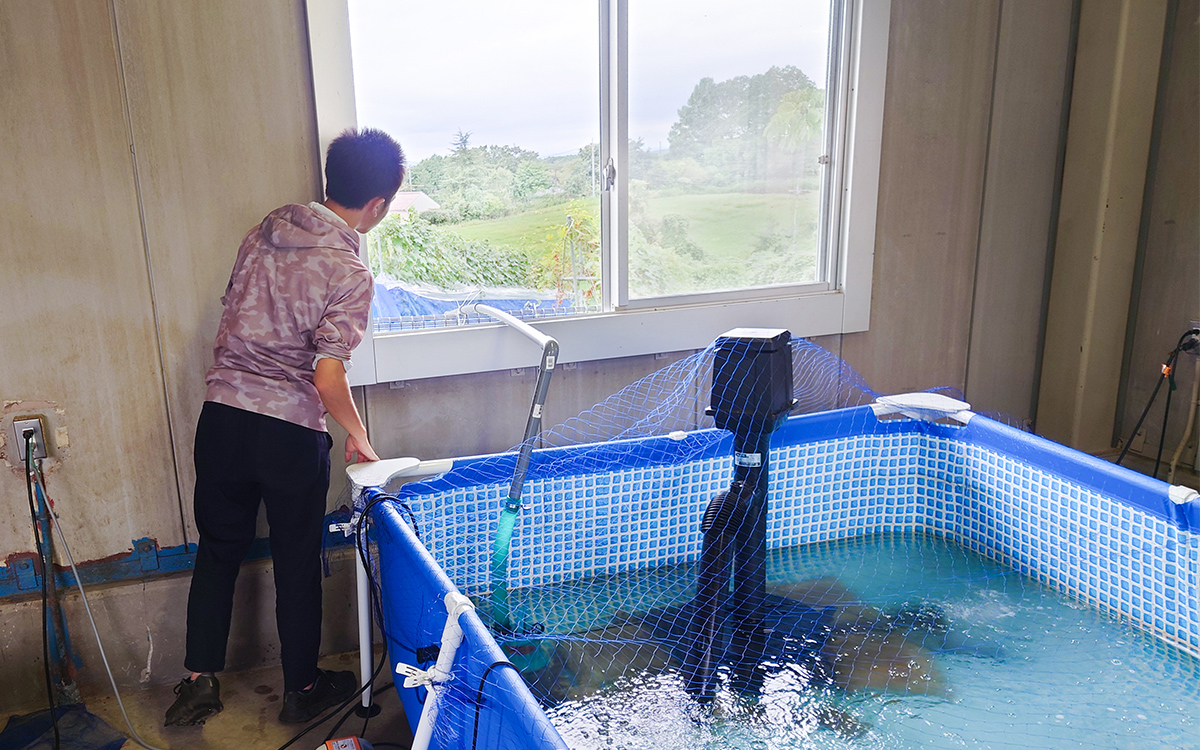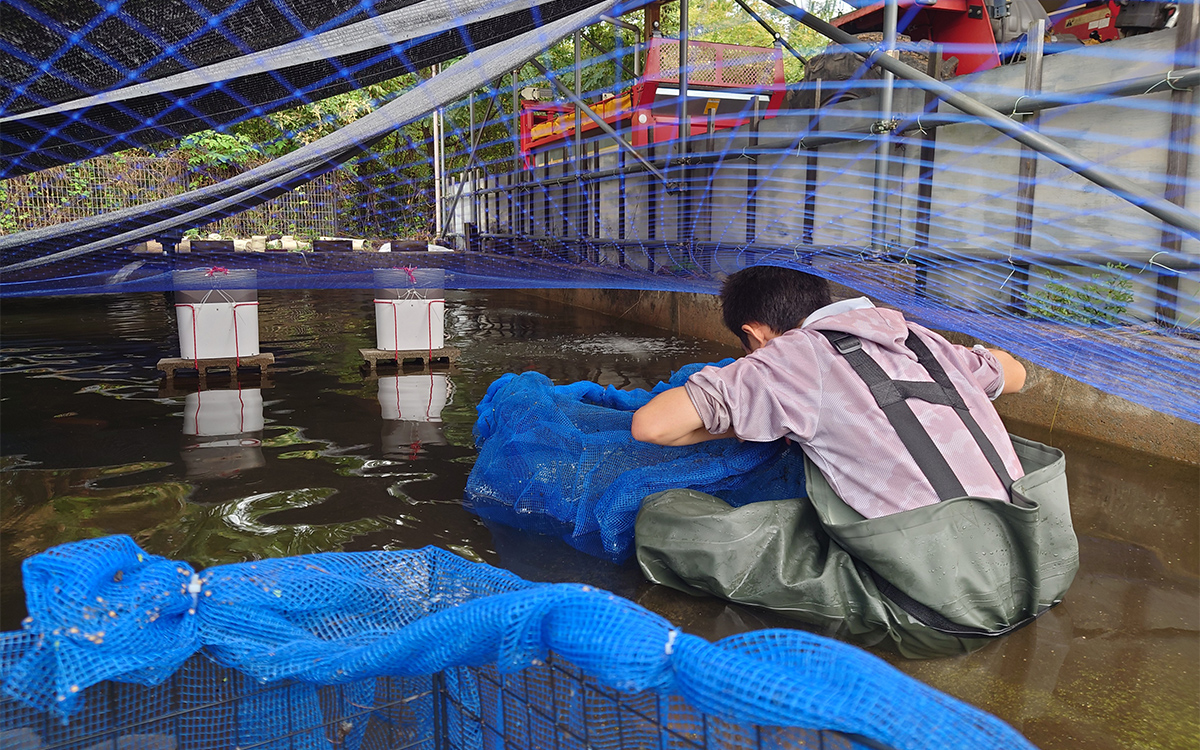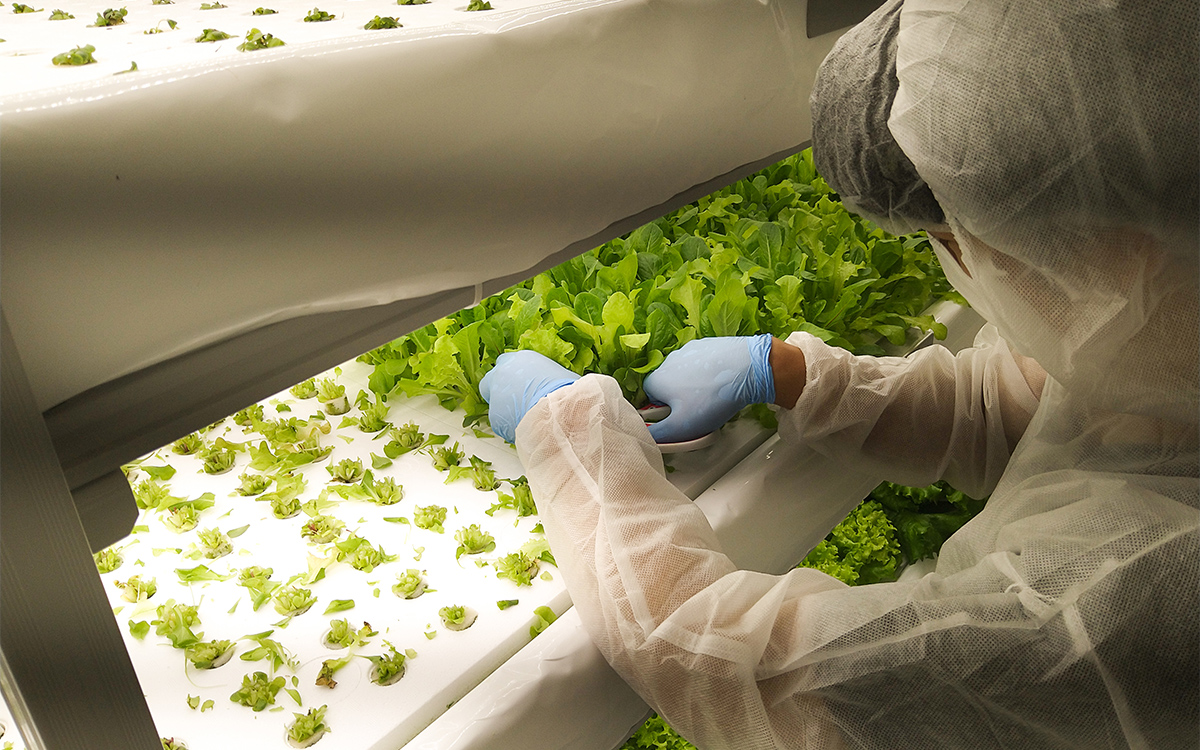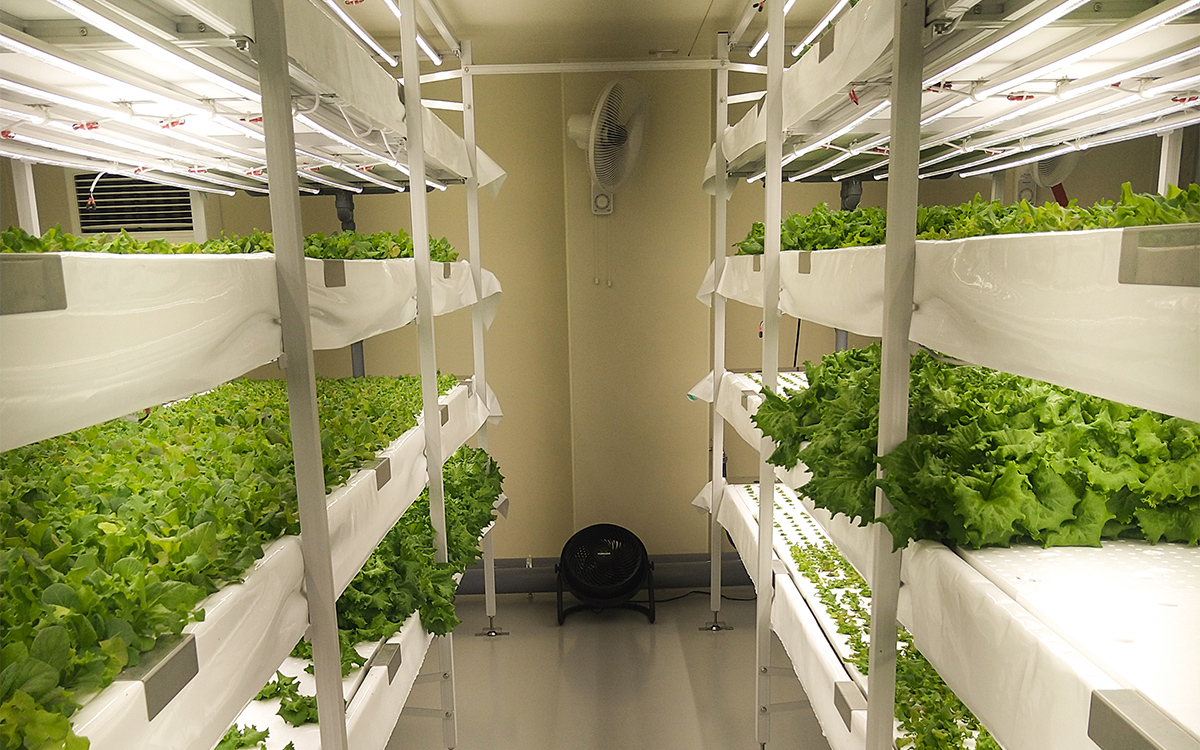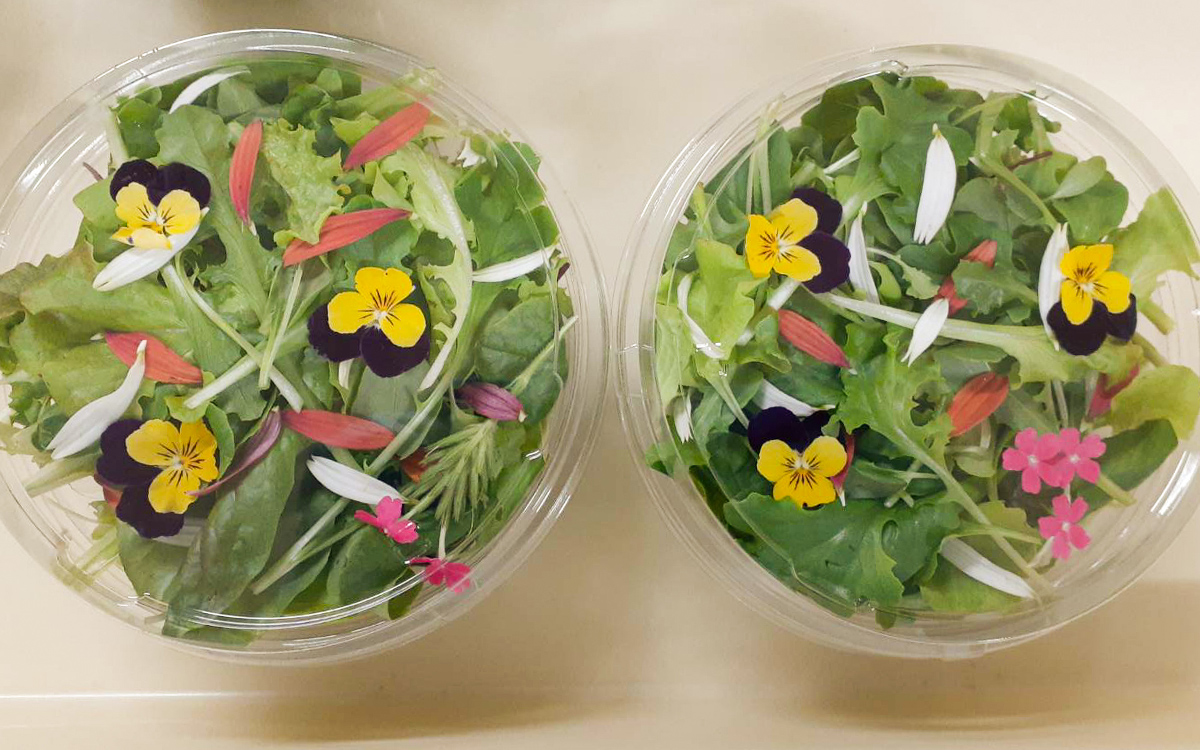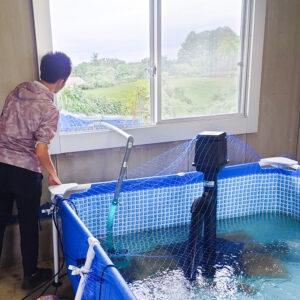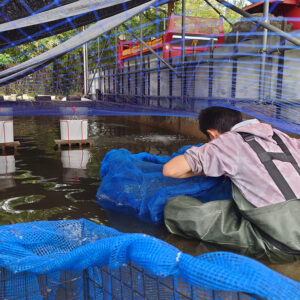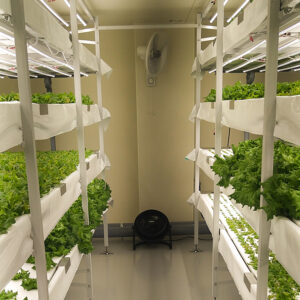TANIGAKI Laboratory
Next Generation Agricultural Engineering / Agricultural Production and Development Systems
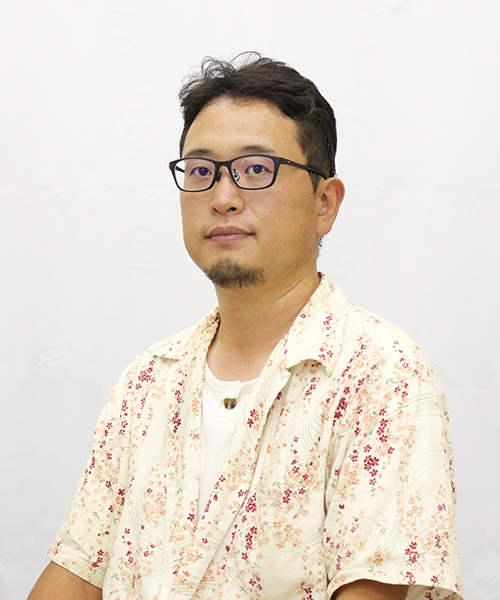
TANIGAKI Yusuke
Affiliation:Faculty of Bioresource Sciences / Department of Development of Local Resources
Position:Lecturer
Degree:Ph.D.(Engineering)
Research Themes
Development of a simple measurement method for plant biological clocks, elucidation of the physiological significance of fluctuations in gene expression, analysis of fluctuations in plant growth, development of environmental measurement systems for agriculture, aquaponics.
Research Content
The physiological phenomena of organisms are regulated by the biological clock, so called circadian rhythm. This is true not only for humans and animals, but also for plants. My research focuses on optimizing plant growth by externally adjusting the plant’s circadian rhythm.
Organisms closely coordinate the 24-hour cycle of the internal clock with the cycle of the external environment. Plants, which cannot move, grow poorly and produce low yields when there is a discrepancy between their internal cycle (circadian rhythm) and the cycle of their external environment. If this misalignment can be reversed, poor growth can be improved and crops will not be wasted.
Therefore, the main theme of my research is “analysis of plant circadian rhythm,” and my aim is to improve growth by controlling the circadian rhythm. I am currently working on the development of a system that analyzes the movement of leaves from the plants circadian rhythm with poor growth and automatically identifies plants with poor growth.
Another major research theme is the development of technology related to income stabilization in agriculture.
We are using a plant factory as the site for this project. Because plant factories artificially control the environment, electricity costs are enormous, putting pressure on management. For this reason, various studies are being conducted to increase profits.
Especially, I am focusing on the nutrient solution tanks used in plant factories. In these nutrient solution tanks, the nutrient concentration, pH, and other factors are adjusted inside the tanks in order to allow the plants to grow normally. Therefore, a large amount of nutrient solution continues to exist in the tank.
Therefore, we also perform aquaponics (growing crops and fish), in which fish are grown in this large amount of nutrient solution. This allows us to ship fish in addition to our crops, making it more profitable than conventional farming. The target fish is “catfish”, as it is not interesting to grow ordinary fish in Shobara sity. I chose this catfish because it will become a product in the future, and we wanted to create a new specialty with impact in the Bihoku region.
In addition to this catfish, we are also collaborating with Professor Koumura’s laboratory to produce edible flowers to add value to the products of the plant factory.
The vegetable itself is bright green, but not very colorful. Adding edible flowers to these vegetables makes them more colorful, provides nutrients not found in leafy greens, and differentiates them from other similar products.
Research to be pursued in the future
The circadian rhythm is complexly regulated by different circumstances at different times. I will elucidate the mechanism of the control mechanism. I will then control the growth of plants and construct a new production system.
In aquaponics catfish farming, we will develop and process a nutrient solution suitable for catfish while incorporating nutrient solution from Hiroshima Prefecture, and build a full life cycle system from the production of juvenile fish to the growth of adult fish.
Research to be conducted in collaboration with community and society
Etajima City・JA (2021~)
Cooperation Achievements
Etajima City・JA-kure
Gallery
